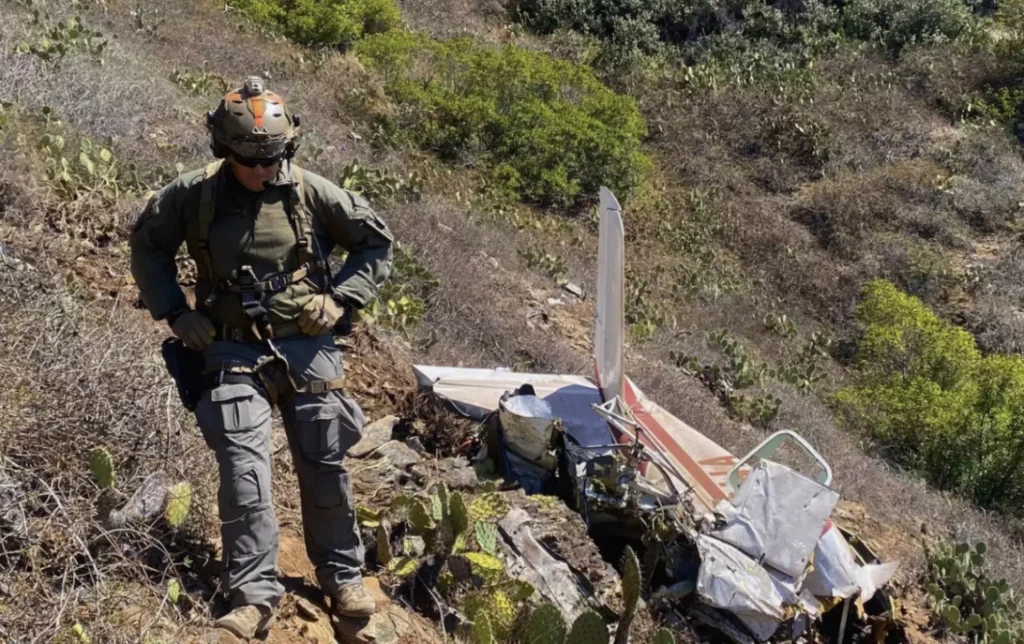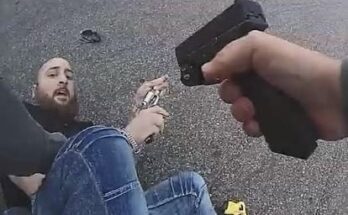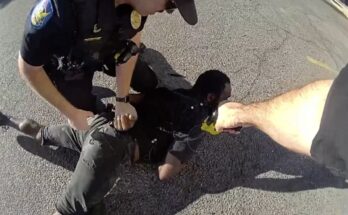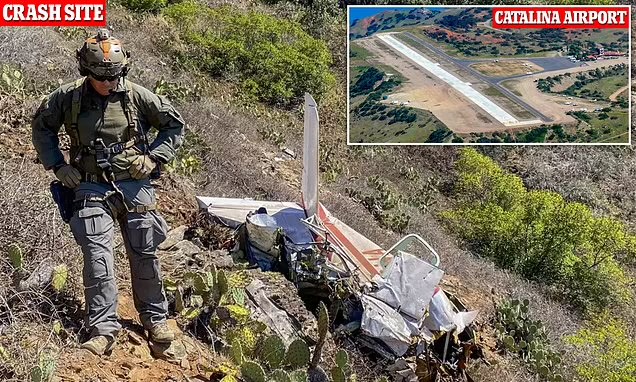
On Tuesday night, the pilot of a small plane sat on the runway of Catalina Island’s “airport in the sky” with four passengers on board and a decision to make. Take off into the looming darkness, relying primarily on the plane’s instruments, or play it safe and wait until the morning?
The pilot shoved the throttles forward and went for it. Tracking data show the plane, owned by 73-year-old Ali Safai, climbed to 75 feet above the runway, veered right and then nosed into a sudden, terrifyingly steep dive.
Seconds after the 8:08 p.m. takeoff, the Beechcraft Baron slammed into the hillside, killing everyone on board. All that’s left is a clump of white painted metal clinging to the mountainside among the cacti and sandy brown soil.
It will probably take investigators from the National Transportation Safety board months, if not years, to determine the precise cause of the crash. Even then, it may only be an educated guess.
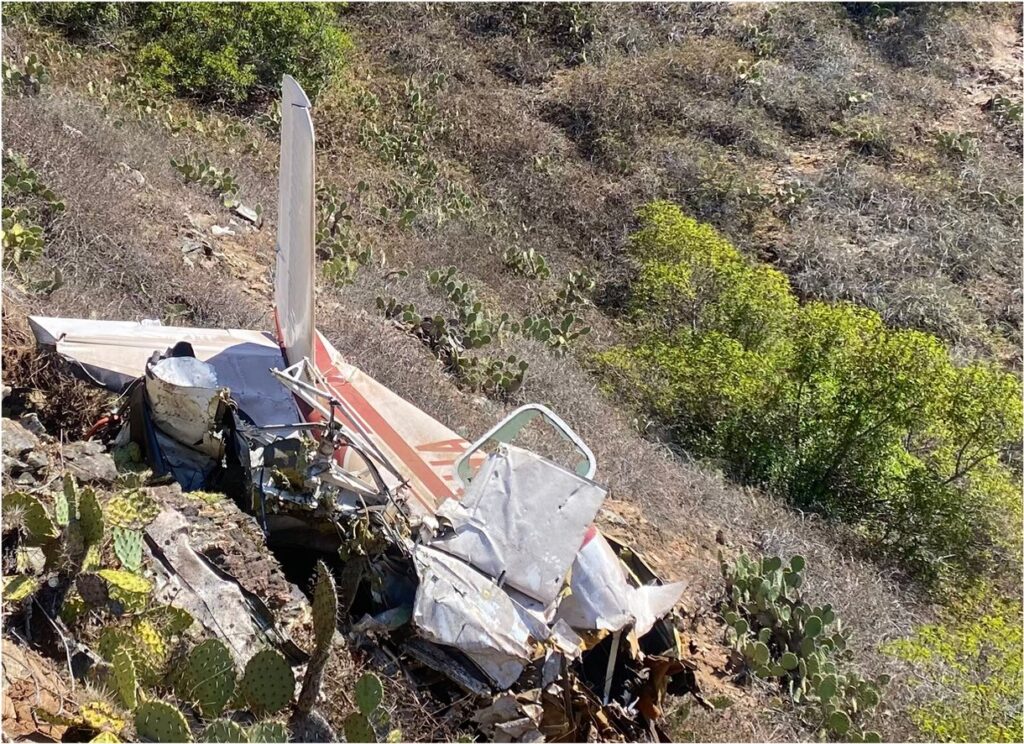
Flying a small plane into Catalina Island’s airport can be a bit like landing on an aircraft carrier. It has one narrow runway perched high on a mesa with steep cliffs at either end tumbling 1,600 feet to the deep blue Pacific Ocean.
On a calm day with clear skies, flying to the remote airstrip is a thrill, an easily accessible adventure and a celebrated rite of passage in Southern California’s tight-knit private pilot community. But the tiny airport closes after sunset because it’s not equipped for night operations: there’s no air traffic controller, no evening attendants and, crucially, no runway lights.
Twenty-two miles offshore on a mostly undeveloped island, the night can be pitch black. It’s not just tough to see the runway, it can be hard to tell up from down.
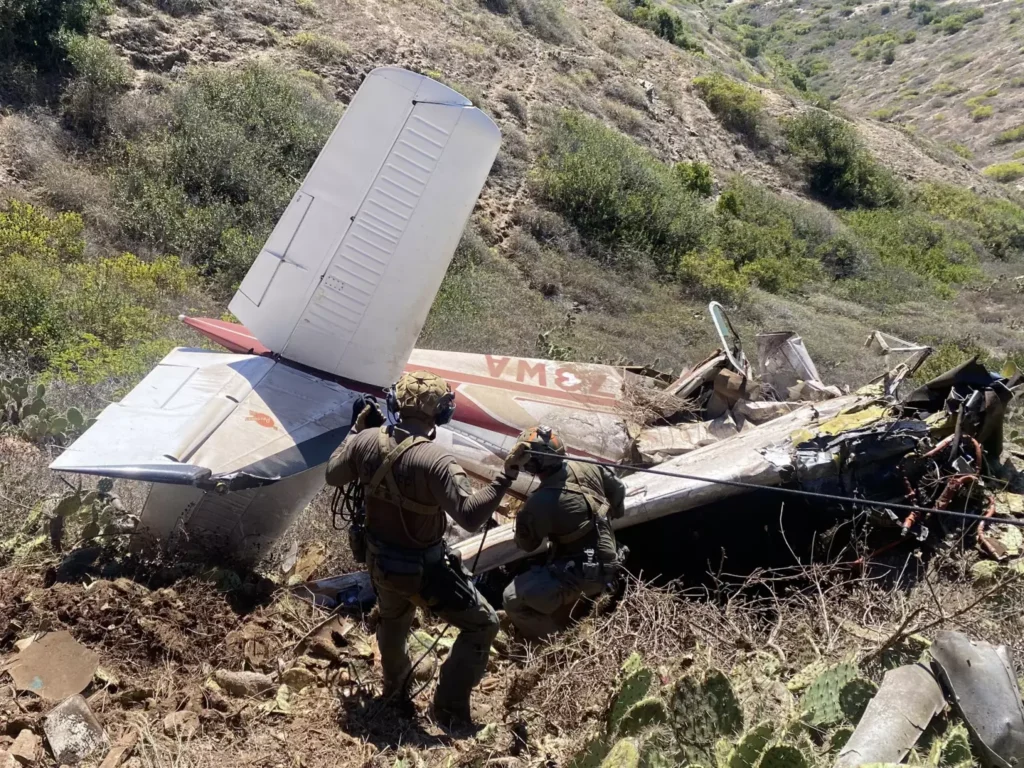
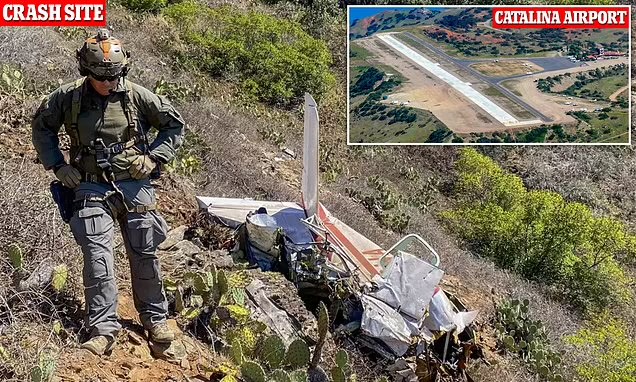
It’s possible Safai’s plane experienced a catastrophic mechanical failure. Or the pilot might have suffered a sudden medical emergency — at the worst imaginable time. Or, according to several veteran pilots with experience flying to Catalina, the pilot could have momentarily lost spatial awareness when the plane leaped up into that darkness and all of the usual visual references disappeared.
